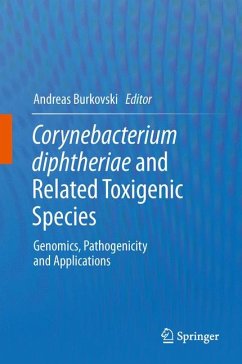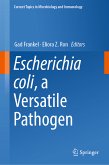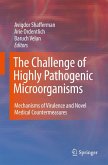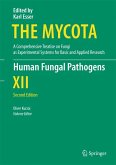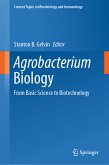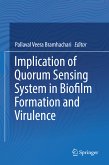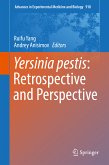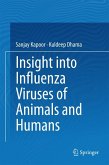Dieser Download kann aus rechtlichen Gründen nur mit Rechnungsadresse in A, B, BG, CY, CZ, D, DK, EW, E, FIN, F, GR, HR, H, IRL, I, LT, L, LR, M, NL, PL, P, R, S, SLO, SK ausgeliefert werden.
"It extensively examines the genomics, pathogenicity, diagnosis, and treatment of these bacteria as well as vaccine development. ... an excellent resource for graduate, postdoctoral fellows, and basic scientists in microbiology, molecular genetics, or public health. It also would be a useful introductory tool for infectious disease fellows who are interested in pursuing public health and/or basic science research as part of a physician/scientist training pathway." (Shirley F. Delair, Doody's Book Reviews, August, 2014)

